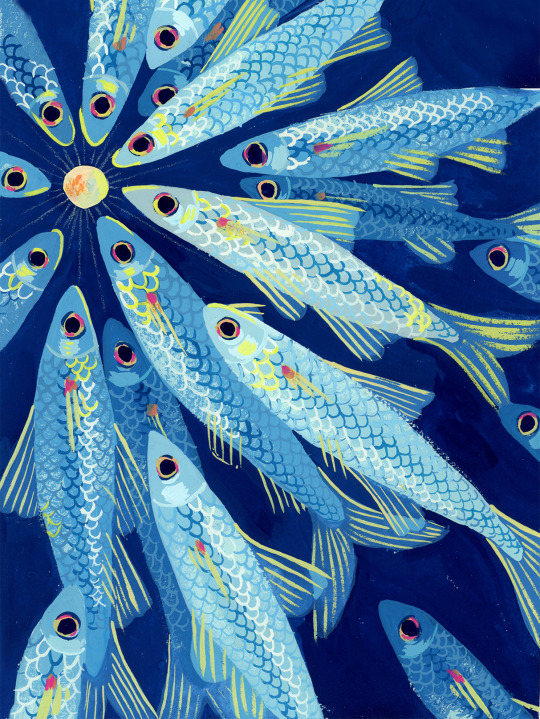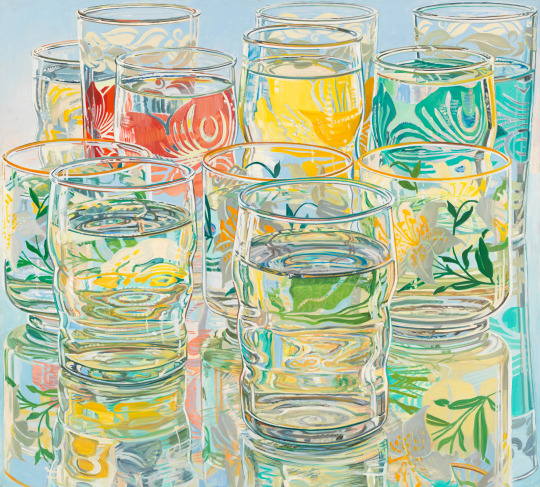Don't wanna be here? Send us removal request.
Text

Badersee beneath the Alps - Author: ImpressiveSocks
208 notes
·
View notes
Text

Dolomites, Italy - Author: CrushRipple
425 notes
·
View notes
Text
4K notes
·
View notes
Text

🐟🐟🌕🐟🐟🐟🐟 // swallowtail shiners // gouache on hot press paper
58K notes
·
View notes
Photo

Grotta del Purgatorio, Gargano, Italy by @icharous
13K notes
·
View notes
Text

Janet Fish, Painted Water Glasses, 1974. Oil on canvas. Whitney Museum of American Art.
4K notes
·
View notes









